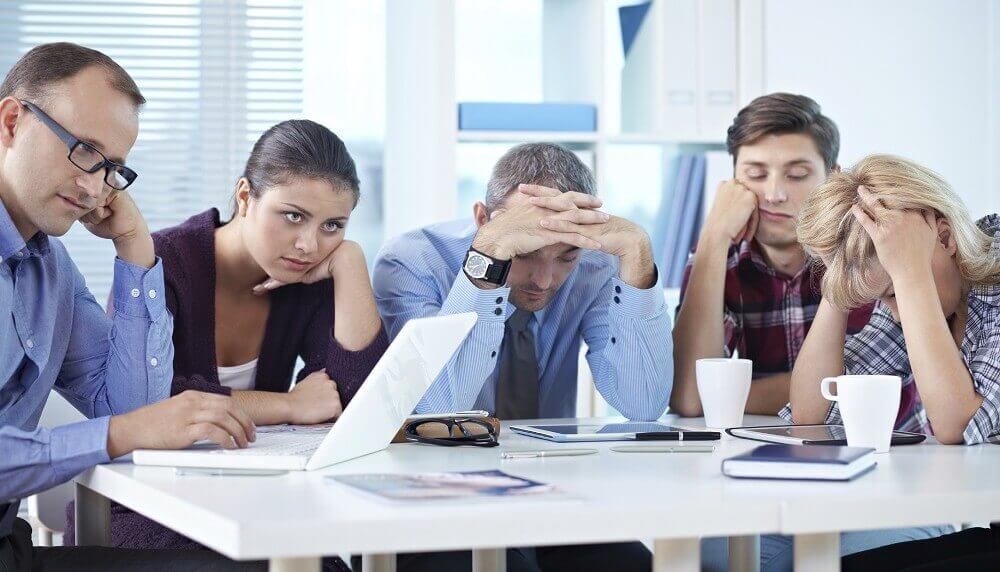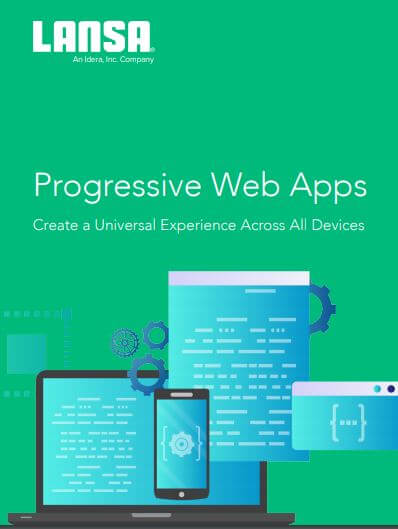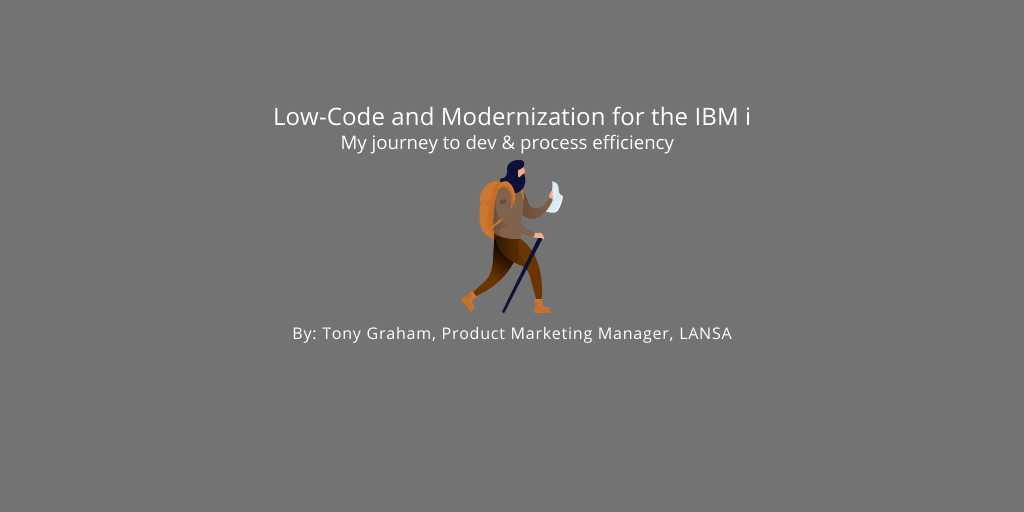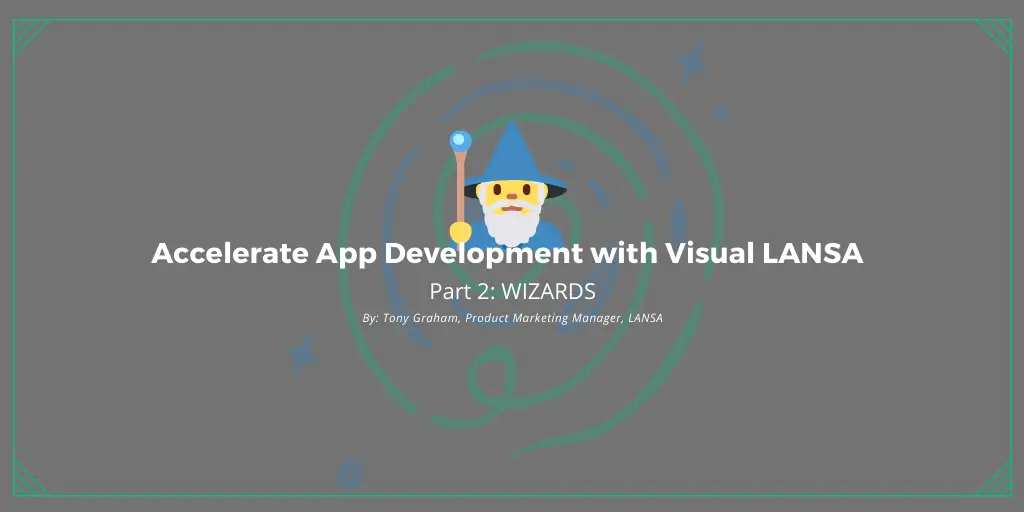You may have one of the smartest and most hardworking IT teams on the planet, yet still notice that something is holding them back from delivering business value. It could be the application development platform they are using.
Tell-tale signs that it is the application development platform that is holding them back, include:
- Your programmers spend a lot of time dealing with low-level ‘plumbing’ code, rather than working on the actual business issue that needs solving. ‘Plumbing’ code is related to the platform the software needs to be executed on. For example, developers may have to make changes, or even maintain multiple code versions, to achieve browser compliance, or to cater for changes in the server/cloud platform, data base, client device and other platforms specifics. A small change in any of these underlying technologies may create a massive amount of work, even when your business requirements have hardly changed.
- Development teams seem to be split over technical ‘silos’. Since the low level ‘plumbing code’ is specific to the platform it needs to execute on, the skill set of the developers becomes limited to a specific type of application or platform. For example limited to Windows desktop development, Web front-end development or server-back end development.
- Modifications need to be made in tens or even hundreds of programs. The lack of a central repository for business rules, such as validations and calculations, make program maintenance overly time consuming and error prone.
- Developers seem to be split into two camps. One group struggles to keep up-to-date with a large number of fast changing technologies. The second group is so keen to get into new code that it seems like the adoption of new technology is an intelligence test (and welcome addition to their resume). Neither of these two groups of developers is likely to be productive.
- Mediocre quality of code. The development environment does not promote best development practices, such as re-use of common program components and object oriented design. Also, there is no training or mentoring available from the application development tool vendor.
- Use of short-lived technologies, resulting a lack of technology insurance. Some of the technologies used by your developers may become obsolete. If there is no vendor responsible for providing/generating updates, your applications are at risk of becoming obsolete as well.
- Applications are not portable, again resulting in a lack of technology insurance. This means you could be stuck if you want to execute existing applications on a different computing platform in the future. Integration with other platforms (internally or with third parties) might be troublesome as well.
- Even for simple projects there are multiple technologies involved and often multiple developers. This makes it hard to schedule projects and, in case of issues, even harder to determine the cause of the problem.
If you recognize one or more of these symptoms and would like to learn how other organizations have turned things around, have a look at LANSA. Here are the 8 pillars of a sound architecture that LANSA adheres to:
- Is based on a framework – prototype with the plumbing all done for you
- Provides a business rules repository – consistency and reuse without code duplication
- Provides automation & developer guidance – productivity and low-code from the get-go
- Is based on a service-oriented architecture – pluggable components over fixed programs
- Supports multiple platforms – because open is better than closed
- Supports multiple application interfaces – multi-tier design patterns and composite apps
- Integrates legacy applications – retrofitting existing systems and databases
- Manages application evolution – because maintenance is 90% of the lifecycle cost
Product information https://www.wp.lansa.com/products/visual-lansa-ide.htm
Product demonstrations www.wp.lansa.com/resources/videos.htm
Case studies www.wp.lansa.com/builtwithlansa/
Recorded Webinars https://www.wp.lansa.com/resources/webinars.htm


























